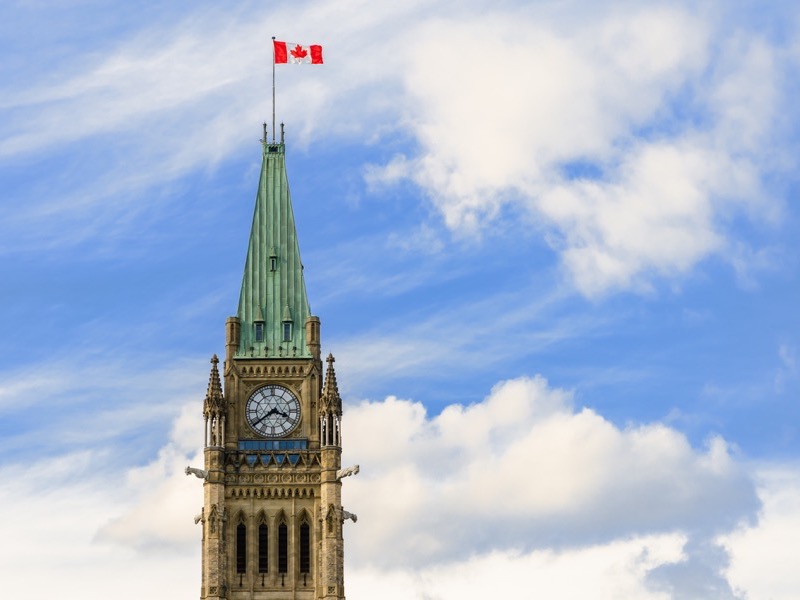
Most of the weddings Tammy Maki caters were cancelled when the Covid-19 pandemic began. The Sudbury, Ont. chef had a no-refunds policy, but couples were in such despair she gave some money back and allowed others to postpone bookings.
With little business, she couldn’t stay open and instead started chocolate and pastry company Raven Rising, but getting financial help was tough.
“I’m just one person and I didn’t have a lot of money. I used part of my Sixties Scoop settlement to open my business,” said Maki, who was “scooped” from Saskatchewan’s White Bear First Nation and adopted by a Finnish family in Ontario during the 1960s.
“Looking at all of these Covid relief [programs], I was seeing nope, I’m ineligible.”
Maki’s experience was not unusual.
A study from the National Aboriginal Capital Corporations Association, the National Indigenous Economic Development Board and the Canadian Council for Aboriginal Business shows Indigenous companies needed more financial help during the pandemic, but many struggled to find relief.
The survey of 825 Indigenous businesses released this week found 72% wanted more financial support and 44% didn’t think they could operate until July without aid.
More than half, who were surveyed between Dec. 18, 2020, and Feb. 1, 2021, and who needed assistance, applied for at least one government relief program.
Fifty-two per cent qualified, but one-quarter of those had difficulty meeting application criteria and almost half said financial requirements were a barrier to accessing aid.
“This really indicates a missing link between Indigenous business needs and the accessibility and also the relevance of government supports that are offered,” said Samantha Morton, the Canadian Council for Aboriginal Business’s director of research.
Loans, wage and rent subsidies were offered by the federal government, while provinces gave money for protective gear and to hard-hit sectors like the entertainment industry.
However, Morton found Indigenous businesses struggled to determine what they qualify for, didn’t meet criteria or were deterred from applying because they weren’t confident they could pay back deferrals or loans.
“There is still this massive feeling of distrust between a lot of Indigenous businesses and government money,” said Maki.
“If you’re going to take out a loan, you’re rolling the dice and you lose your business to the government if you’re unable to pay it back, so I think a lot of it is distress.”
Maki didn’t qualify for government relief because Raven Rising had no staff and was too young to show year-over-year losses. She couldn’t get help from Indigenous organizations because she lives far from her Saskatchewan band.
“We recognize that Indigenous businesses face unique challenges and may have been disproportionately affected by this pandemic due to their unique structure,” said Marie-Emmanuelle Cadieux, communications director for the Minister of Indigenous Services, in an email.
Cadieux detailed millions the government recently allocated toward First Nations, Inuit and Metis-owned businesses and said it values its relationships with the organizations behind the study.
“Indigenous businesses and entrepreneurs are not out of the woods yet,” she said. “But we will continue to listen and respond to the needs of Indigenous partners.”
Morton’s study shows 36% of Indigenous businesses surveyed had no lending relationships with banks, credit unions or governments and 27% sought non-government assistance during the pandemic.
Twelve per cent took on a line of credit, 4% got support from a tribal council or Indigenous government and 29% turned to Aboriginal Financial Institutions. The study said these institutions might be more attractive because of their interest-free and forgivable loans, lower interest rates and understanding of Indigenous business.
Lyle Isbister, president of Cree Oilfield Services in Alberta, tried the federal business loan program.
“There were just too many hurdles, too many restrictions, just too much stuff that I didn’t qualify for and I tried twice and two different angles,” he said.
He wanted a loan for a new truck, which he likens to an office because he spends up to 14 hours a day in it.
Now, he’s trying a site rehabilitation program the Alberta government offers for oil and gas work.
“I don’t want a handout. That doesn’t work. It hasn’t worked. It’s wrecked my people,” he said. “But I sure wouldn’t mind a little hand up.”
Meanwhile, Morton thinks relief programs should be easy to discover and apply to because entrepreneurs don’t have “12 hours to cull through government supports, find out which are relevant and applicable to their business, and then go through the application process.”
Loans intimidate many businesses and are difficult to repay, so she prefers grants or non-repayable sums.
“As the economy recovers, having that debt burden, the time will come pay [loans] back and Indigenous businesses are really struggling with that.”